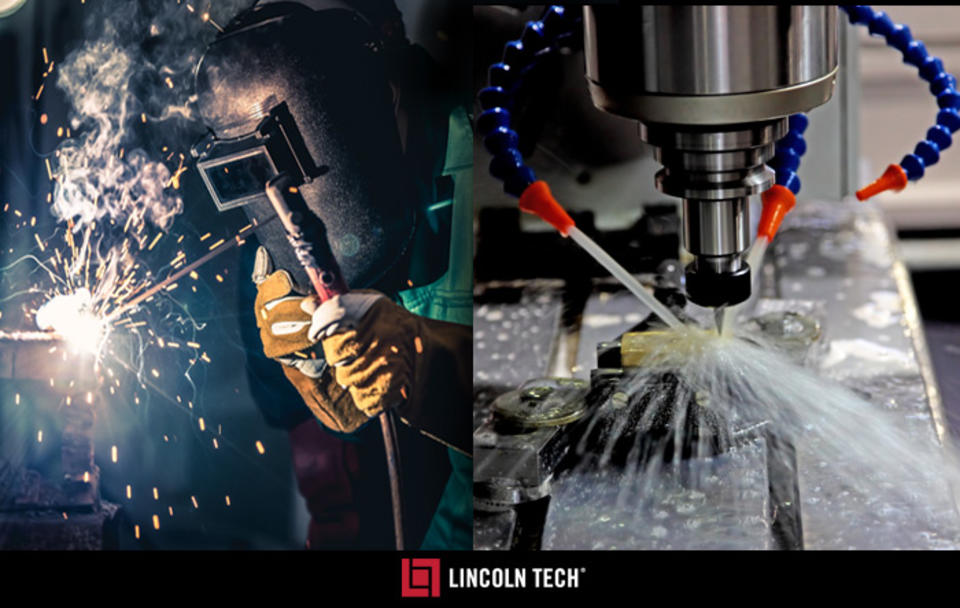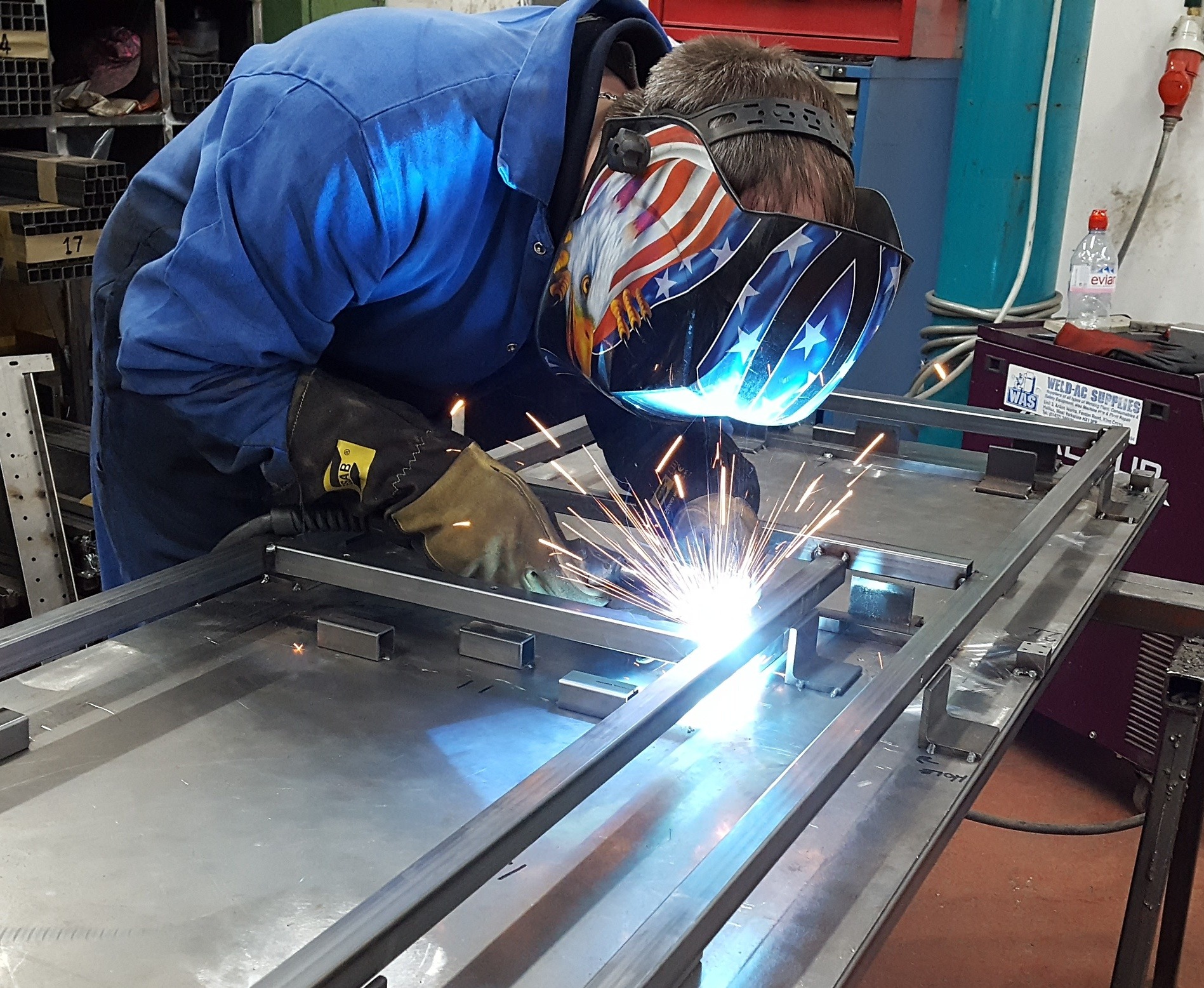Common Welding Fixing Issues and Exactly How to Address Them Efficiently
Welding repair work typically come across a variety of concerns that can threaten the stability of the final product. Common issues include inadequate infiltration, porosity, and misalignment, to name a few. Each issue provides distinct challenges that call for particular techniques for resolution. Comprehending these problems is necessary for welders intending to enhance their outcomes and abilities. This conversation will discover these common welding fixing issues and effective methods to resolve them.
Poor Infiltration
Insufficient infiltration happens when the weld steel stops working to completely fuse with the base product, causing weak joints and possible structural failures. This issue frequently comes from inadequate warmth input, wrong electrode angle, or improper welding speed. Welders might come across poor infiltration due to a mistake of the necessary criteria for a particular product thickness or kind. Additionally, contamination on the base material's surface can prevent efficient bonding, intensifying the problem. To deal with insufficient infiltration, welders should guarantee appropriate setups on their equipment and keep a clean work surface area. Routine inspection of welds is recommended to determine any kind of shortages early, permitting timely corrections and the prevention of endangered architectural honesty in bonded settings up.
Porosity
Porosity is a typical problem in bonded joints that materializes as little gas bubbles caught within the weld steel. This flaw can compromise the integrity of the weld, leading to decreased strength and prospective failing under anxiety. Montana Mobile Welding and Repair Belgrade Fabrication. Porosity commonly occurs from contamination, dampness, or incorrect welding techniques, which permit gases to leave into the liquified weld pool. To resolve porosity, welders need to ensure correct surface preparation, keep a clean functioning environment, and make use of suitable welding parameters. Additionally, selecting the right filler product and protecting gas can minimize gas entrapment. Regular evaluation and testing of welds can aid identify porosity early, assuring timely rehabilitative actions are taken, thereby maintaining the quality and integrity of the welded framework
Imbalance
Misalignment in welding can arise from numerous variables, including incorrect setup and thermal growth. Understanding the root triggers is important for effective resolution. Several adjustment techniques are readily available to straighten elements and assure architectural stability.
Causes of Imbalance
Welding imbalance frequently stems from a variety of underlying issues that can compromise architectural integrity. One primary cause is improper fit-up of parts before welding, which can cause gaps and uneven surfaces. Variations in thermal growth during the welding process can likewise result in distortion, particularly if the products being joined have different coefficients of growth. Additionally, insufficient fixturing and clamping may fail to hold components securely in position, bring about movement throughout welding. Badly maintained equipment, including welding devices and tools, might present inconsistencies in the weld bead, further adding to misalignment. Driver error, stemming from not enough training or experience, can likewise play a significant function in creating misaligned welds.

Adjustment Methods Available
Addressing imbalance properly requires a combination of rehabilitative strategies customized to the particular problems available. One common method is the usage of fixtures or jigs to hold components in the right placement during welding, making certain constant positioning. In addition, pre-heating the materials can help in reducing distortion and boost fit-up. For substantial imbalance, mechanical realignment methods, such as utilizing hydraulic jacks or clamps, can be used to remedy the position before welding. Post-weld warm treatment may also be essential to alleviate anxieties triggered by misalignment. Careful examination and change throughout the arrangement phase can stop imbalance issues from becoming significant issues, promoting a smoother welding procedure and boosting general architectural honesty.
Distortion
Distortion is an usual difficulty in welding that can emerge from numerous aspects, including unequal heating & cooling. Recognizing the reasons for distortion is essential for carrying out effective prevention techniques. Resolving this concern not only boosts architectural honesty but also improves the general quality of the weld.
Sources of Distortion
When based on the extreme warmth of welding, products often undergo changes that can lead to distortion. This sensation mostly arises from thermal development and tightening during the welding process. As the weld location warms up, the product expands; upon air conditioning, it acquires, which can produce inner anxieties. On top of that, uneven heating throughout a work surface can intensify these stresses, causing warping or bending. The kind of product additionally plays a significant function; steels with differing thermal conductivity and coefficients of development may respond in a different way, leading to unforeseeable distortions. Moreover, bad joint style and insufficient fixturing can add to imbalance throughout welding, raising the probability of distortion. Recognizing these reasons is vital for effective welding repair work and avoidance approaches.
Avoidance Techniques
Efficient avoidance strategies for distortion throughout welding concentrate on regulating warm input and ensuring correct joint style. Keeping a constant warm input helps to lessen thermal growth and tightening, which can lead to distortion. Making use of methods such sip welders as preheating the workpiece can also decrease the temperature gradient, advertising consistent heating. Furthermore, choosing proper joint layouts, such as T-joints or lap joints, can enhance stability and decrease stress concentrations. Carrying out proper fixturing to protect the work surfaces in position additionally aids in maintaining alignment throughout the welding process. Lastly, staggered welding sequences can distribute heat a lot more uniformly, avoiding localized distortion. By using these methods, welders can substantially reduce the likelihood of distortion and enhance the general top quality of their welds.
Cracking
Splitting is a common issue come across in welding repair work, usually arising from numerous factors such as improper air conditioning rates, product choice, or poor joint prep work. The incident of cracks can significantly jeopardize the stability of the weld, bring about prospective failings throughout operation. To address this issue, welders should initially assess the origin triggers, making certain that products work and appropriately selected for the certain application. In Your Domain Name addition, controlling the air conditioning price throughout the welding procedure is essential; fast cooling can induce tension and result in breaking. Appropriate joint style and prep work likewise add to reducing the danger. Carrying out these approaches can improve weld top quality and longevity, ultimately lowering the likelihood of cracking in finished weldments.

Incomplete Combination
A significant problem in welding repairs is insufficient combination, which takes place when the weld metal does not appropriately bond with the base material or previous weld passes - Montana Mobile Welding and Repair Welding. This flaw can cause weaknesses in the joint, possibly compromising the stability of the welded structure. Aspects adding to insufficient fusion include insufficient warmth input, improper welding strategy, and contamination of the surfaces being signed up with. To address this problem efficiently, welders must guarantee appropriate pre-weld cleaning and surface prep work, in addition to adjust their welding parameters to achieve sufficient penetration and blend. Routine examination during the welding process can likewise assist identify insufficient fusion early, permitting prompt corrective actions to boost the overall high quality of the weld
Overheating
While welding repair services can boost structural integrity, overheating offers a considerable difficulty that can bring about product degradation. Too much warmth throughout welding can change the mechanical homes of metals, leading to lowered strength, raised brittleness, and warping. This phenomenon is specifically crucial read the article in high-stress applications where structural integrity is critical. Recognizing overheating can involve visual evaluations for discoloration or distortion, along with keeping an eye on temperature during the welding procedure. To minimize the risks linked with getting too hot, welders must use proper strategies, such as controlling warmth input, changing traveling rate, and using suitable filler materials. In addition, executing pre- and post-weld warmth therapies can aid bring back product residential or commercial properties and enhance the overall top quality of the fixing, guaranteeing long-lasting performance and safety.
Frequently Asked Concerns
What Are the Usual Signs of a Welding Flaw?

Just How Can I Test My Welds for High quality?
To examine welds for quality, one can use visual assessments, ultrasonic testing, and radiographic approaches. Each strategy guarantees structural integrity, identifies problems, and confirms adherence to specified criteria, ultimately improving the integrity of the welded joints.
What Security Preventative Measures Should I Take While Welding?
When welding, one need to prioritize safety by wearing appropriate individual protective devices, guaranteeing proper air flow, securing flammable products away, preserving a tidy workspace, and being aware of environments to avoid accidents and injuries.
Can I Fix a Weld Without Renovating the Entire Joint?
Repairing a weld without redoing the entire joint is possible, depending upon the damage (Belgrade Fabrication). Methods such as grinding, adding filler material, or utilizing a welding process can properly resolve specific flaws while maintaining the bordering framework
What Devices Are Vital for Reliable Welding Services?
Vital tools for efficient welding repair services consist of a welding device, cord brush, mill, safety equipment, clamps, and filler materials. Each tool plays a crucial duty in guaranteeing high quality and safety and security throughout the repair process. Porosity commonly arises from contamination, moisture, or incorrect welding strategies, which enable gases to get away right into the molten weld swimming pool. Inadequately kept equipment, consisting of welding equipments and devices, might introduce variances in the weld bead, additional adding to misalignment. When subjected to the intense heat of welding, materials frequently go through changes that can lead to distortion. Cracking is a typical problem experienced in welding repairs, usually resulting from numerous aspects such as incorrect air conditioning rates, product selection, or poor joint prep work. A considerable problem in welding repair services is insufficient fusion, which occurs when the weld steel does not sufficiently bond with the base material or previous weld passes.